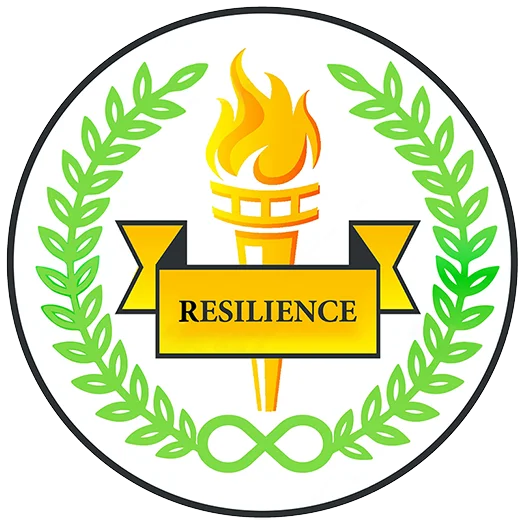Basics – What is SEL?
Social and emotional learning (SEL) is the process through which children and adults understand and manage emotions, set and achieve positive goals, feel and show empathy for others, establish and maintain positive relationships and make responsible decisions.
Components of SEL
Social Emotional Learning can be broken into 5 core topics:
- Self-Awareness- is the ability to accurately recognize one’s own emotions, thoughts and values along with the ability to understand how they impact their behavior. It requires students to identify their strengths, weaknesses and external limitations. The goal of this module is to help students to maximize their strengths and minimize their shortcomings.
- Self-Management- is the commitment to take responsibility for one’s behavior. This skill teaches students how to make choices that lead them closer to their long-term goals, instead of procrastinating or making instantly gratifying choices that have detrimental impacts on long-term goals. This module will lay the foundation for positive decision making and provide students with the tools to create a self-controlled action plan, create a schedule to accomplish that plan and identify roadblocks to completing their action plan.
- Social-Awareness- The ability to take the perspective of and empathize with others, including those from diverse backgrounds and cultures. This module will ask students to consider social and ethical norms. It will also ask questions to help students to identify where their support systems are in their community, families and school.
- Relationship Management-is the ability to establish and maintain healthy and rewarding relationships with diverse individuals and groups. This exercise will challenge students to be intentional about their relationships with others and the community that they create. Students will learn how to set boundaries and goals in each relationship they pursue.
- Effective Decision Making- is the ability to make constructive choices about personal behavior and social interactions based on ethical standards, safety concerns and social norms. This exercise will give students a problem, while also asking them to evaluate what the solution should be and what potential consequences that decision could have on their long-term goals.
